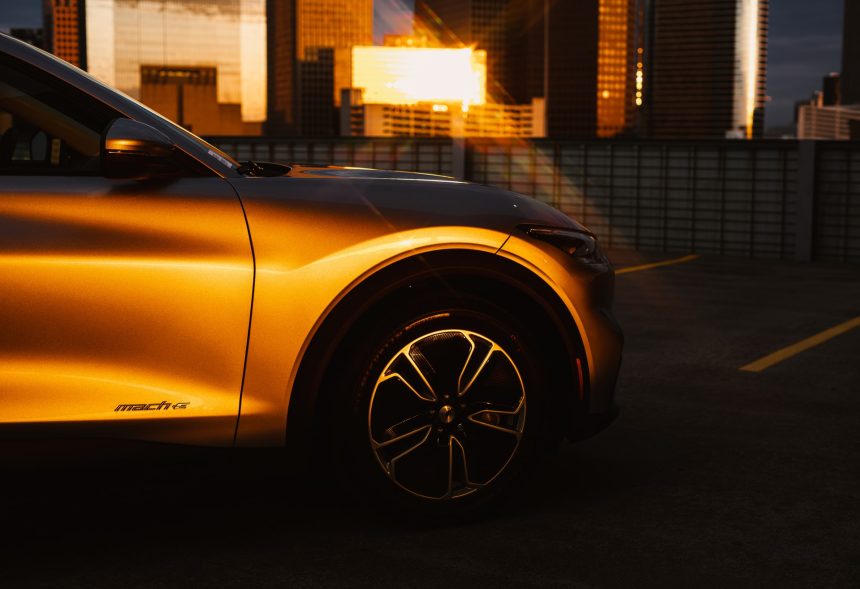EVs or electric vehicles were originally introduced at the fag end of the nineteenth century. They were more convenient and comfortable to run than gas-powered vehicles at the time.
They were, however, swiftly superseded by new, higher-quality fossil fuel-powered vehicles that could travel further between fill-ups.
Gas-powered vehicles are still in the lead even today, but their popularity is once again being challenged by EVs. And this time they are here to stay and even take over the market in the time to come.
Today, electric vehicles are capturing the imagination of people across all age groups. A case in point is the development of highly functional cars to even battery-powered toys such as tiny electric bikes and scooters for kids and teens.
In this article, we will take a look at the latest trends in the EV industry in 2022 and the time to come. We seek to help you gauge where we are headed as a generation in terms of adopting the electric future.
1. Autonomous vehicles are expected to rise in popularity
In the auto business, self-driving technology is gaining traction and importance. Several established automakers, mobility startups, and tech giants are developing self-driving technology. The giants such as Apple and Google have been making big strides in the field, with the EV leader Tesla leading the way.
In the coming years, you may expect significant advancements in this field, as well as the introduction of multiple autonomous vehicles. To appeal to the younger population, modern innovations must be included in the next generation of automobiles, given the growing desire for self-driving cars.
This would bring automakers and technology businesses closer together, as both would wish to collaborate on futuristic technologies, new software features, and operating system upgrades.
2. Rising Number of EVs on the roads
Factors such as rising gasoline prices, levelling the playing field between the upfront costs of EVs and combustible engine vehicles, falling battery prices, increased public awareness about environmental issues, tougher pollution standards, cheap ownership costs for zero-emission vehicles compared to their combustible engine counterparts, and are all helping to increase EV sales.
Aside from specialist electric vehicle startups, all of the established businesses are commencing their EV offensive with a diverse range of electric vehicles. Many automobile behemoths, including Ford, Mercedes, BMW, and others, are now absorbed in producing EVs, thanks to the growing popularity and ubiquity of Tesla cars.
In a decade or so, electric vehicles are anticipated to outperform traditional internal combustion engines. As a result, you should expect to see more new electric vehicles on the road.
3. Newer and Better Technology
The new technology is exceptional and unique in a way that appeals to consumers, from battery health to mapping local charging facilities to engine self-checks. We’ve already witnessed increases in the range that electric vehicles can travel between battery charges, but further advances in battery technology are required to overcome range anxiety.
4. Moving Towards Smart Charging
Smart charges, unlike traditional, aka ‘unintelligent’ chargers, can connect with one another, your automobile, and the charging grid to reduce expenses and energy use. Smart charging also encourages more efficient energy usage.
Electric vehicles are designed to be charged over time rather than instantly or quickly because drivers do not always require a fully charged battery. Chargers with smart charging capabilities can be programmed to go up to 80 per cent once per week, based on the amount of energy required by a vehicle. This also helps extend the current battery life.
5. Thermal Control in Cell-to-Pack Designs
One of the biggest concerns in EVs is the heating problem. EV batteries are made of cells. Cell-to-pack removes modules and combines all cells into a single huge pack. This increases energy density while also increasing manufacturing complexity and expense.
However, as compared to a standard modular battery pack, it poses new issues in terms of fire protection and changes the thermal material needs. Many automakers, including Tesla, Stellantis, and Volkswagen, have announced plans to deploy cell-to-pack technology in the future years.
Conclusion
EVs are the future and there are no two ways about it. We have learned what are the emerging trends in the EV space and how these are going to impact the production and consumption of these vehicles in the time to come.












